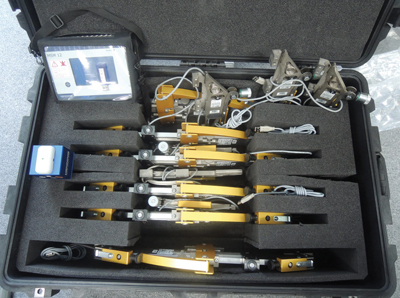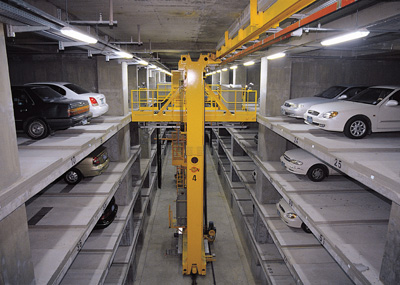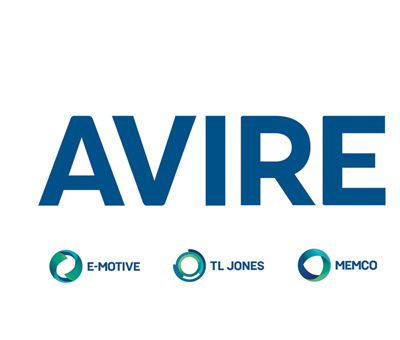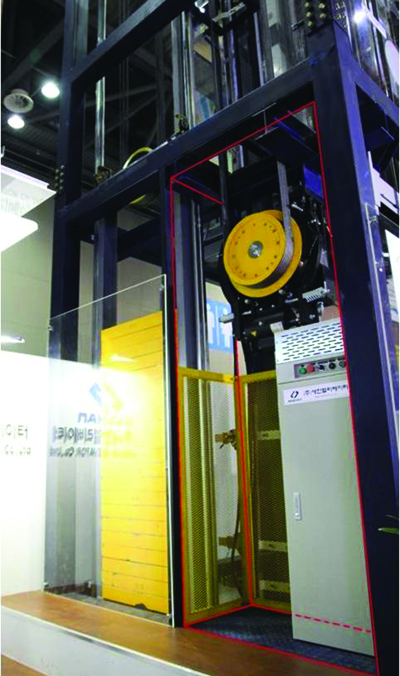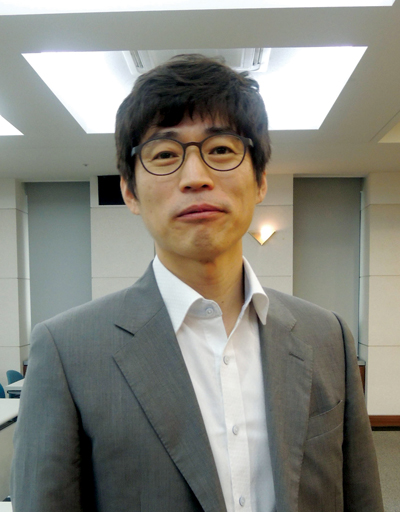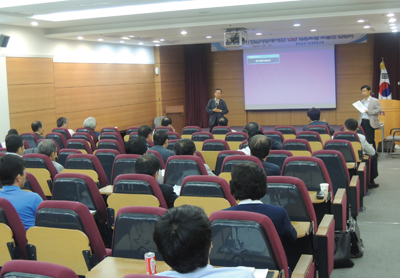|
|
|
Korea Elevator Safety Institute - Korea Elevator Safety & Technology Institute Revised elevator inspection standards, untangling the tangled threads Final briefing session held...Technical documents submitted, issues discussed Industry calls for a complete review - Ministry of Safety suspends enforcement of problematic items 2013/08 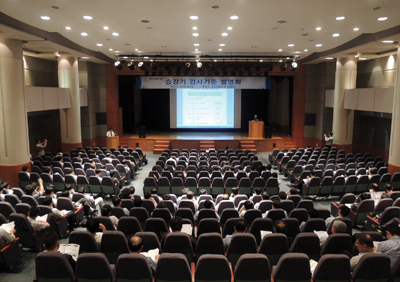 Ahead of the implementation of the revised elevator inspection standards on September 15, the Korea Elevator Safety Management Institute and the Korea Elevator Safety Technology Institute, two inspection organizations, held a final briefing session on 'Elevator Inspection Standards for Shared Growth' on September 4 at the Korea Professional Construction Association in Seoul. The briefing session introduced ▲ technical documents submitted by elevator companies for completion and periodic inspections ▲ issues related to the application of the previous elevator inspection standards ▲ electromagnetic wave test, elevator cable safety inspection, and contactor safety inspection ▲ technical documents submitted by construction companies for completion and periodic inspections ▲ establishment of a computerized system (technical document registration and operation), and held a Q&A session afterward. When the revised elevator inspection standards come into effect on September 15, companies will be required to submit technical documents according to [Appendix 9] at the time of completion and inspection, in accordance with Article 15 (1) (3) and (3) (3) of the Enforcement Rules of the Elevator Act. The technical documents consist of ▲ conformity assessment ▲ elevator structure design ▲ drawings ▲ elevator structure and parts that cannot be tested for performance. Conformity assessment refers to KC certificate, KS test report, or safety evaluation report, and includes a total of 31 types (21 elevators and 10 escalators), including elevator safety parts subject to national unified certification (safety certification, autonomous safety confirmation) under the Product Engineering Act, KS test parts such as non-combustible materials, glass, guide rails, and electrical equipment IP protection grade, and safety evaluation parts according to the elevator inspection standards. A total of 14 types (11 elevators, 3 escalators) are required for elevator structural design, including mechanical structure calculation, control system structural design, and building strength calculation, and 14 types (7 elevators, 7 escalators) are required for installation drawings and electrical drawings. According to the revised elevator inspection standards, there are a total of 59 types of technical documents (39 elevators and 20 escalators) that must be submitted, and 475 actual inspection items (324 elevators and 151 escalators). Of the 324 elevators, 63 technical documents are required to be submitted by the construction company, accounting for about 17% of the total. In the case of elevators, non-combustible material certificates, fire-resistant structure certificates, and structural bills must be submitted, and the width and height of the walls and feet of the elevator shaft, as well as the width and height of the ventilation holes and the temperature maintenance measures in case there are ventilation holes or drivers in the elevator shaft. 59 types of technical documents to be submitted, 475 in total However, if the construction company fails to submit the technical documents, the elevator company in the position of 'at' is not in a position to submit the documents or drawings on its own, so a lot of confusion is likely to be inevitable if it is implemented as it is. "When contracting with a construction company, it is necessary to specify the inspection items in the contract to be free from liability," said Hong Seong-geun, head of the R&D office of the Korea Elevator Safety Management Institute. If an elevator is not inspected properly due to lack of documentation from the construction company, the first step is to take a 'supplementary' step, but if the technical documents are not submitted even after that, the company will be notified of the failed inspection. "In the short-delivery market, if the construction is delayed due to the lack of technical documents from the construction company, the elevator company has to pay the delay compensation by 'crying and eating mustard,'" said an industry representative. "The government needs to make efforts such as distributing manuals to guide this aspect," he said, emphasizing that it is time to have an in-depth discussion on whether to produce companies that will pay huge fines. Among the elevator safety parts that must be KC-marked in the conformity assessment, the three items that are certified for voluntary safety verification under the Product Engineering Act - wire ropes, brakes for hoisting machines, and safety limit switches - are indefinitely suspended, and the timing of their implementation is being coordinated, and abbreviations or symbols used when submitting electrical diagrams must include specific explanations. For elevators installed after July 26, 2013, KC certificates must be submitted for safety certifications and self-checked elevator parts based on the 'construction contract date', and if a contract for elevator installation work has already been signed, it is possible to submit the previous KC certificate or its own design or test results. In this case, the verifiable elevator installation contract must be attached. Regarding the application of the revised inspection standards for renovation work, which has been controversial, if the elevator parts are reused for maintenance, the previous standards related to the parts are applied, but if the parts are replaced due to remodeling, including replacement of the control system, rather than the concept of maintenance, the revised elevator inspection standards must be applied and inspected from time to time. "For example, if the hoist is kept the same and only the control panel is replaced, only the control panel needs to be inspected, and if both parts are replaced, the revised elevator inspection standards such as double brake, upward overspeed, and open door departure must be applied to both parts," said Nam Song-hee, a team leader at the Korea Elevator Safety and Technology Institute. As for the calculation of the effective area of the car, for building permits issued before September 15, MR is not counted in the calculation of the car entrance area, MRL is counted in the calculation of the car entrance area, and the method and basis for calculating the car floor area must be written in the technical documentation. However, for building permits issued after September 15, regardless of MR or MRL, if the depth of the doorway is 100mm or more, it will be counted in the doorway area calculation, and if it is 100mm or less, it will not be counted. Regarding the application of the previous elevator inspection standards for elevator construction before September 15, 2013, which was the biggest issue between the government and industry during the 4th briefing session, the Ministry of Safety and Security stated that the implementation cannot be delayed but can be relaxed to a certain extent. Therefore, the revised elevator inspection will be conducted in a combination of safety verification through technical document review and on-site safety verification, but if the date of building permit or construction contract for elevator installation is before September 14, 2013 (including September 14), only basic technical documents will be submitted under the previous inspection standards. Computerized technical documentation system to be piloted after completion of construction in September "However, on Sept. 15, the revised standards will be applied to completion inspections for building permits or construction contract sites, and to inspection sites for construction contracts," said Jang Myung-won, head of the Inspection Policy Office at the KCS. If you plan to install a special structure elevator on a site with a building permit or construction contract after September 15, you will need to re-approve the inspection agency as an alternative inspection standard according to the revised elevator inspection standards. If the revised standard cannot be applied without changing the structure of the building, such as the mechanical room or elevator shaft, the previous inspection standard can be applied to the construction-related inspection items, and if the building is extended or renovated, architectural drawings need to be submitted, and if the elevator is partially or completely replaced, only the technical documents related to the replacement need to be submitted. If the elevator doors have been replaced, a review of the door sills is required as they must meet Section 7.2.3.7 of the test criteria and meet the impact strength of the elevator door assembly (450 J). As for the electromagnetic wave (EMC) derivative test certification, which was newly established in this revised inspection standard and added confusion for control panel-related parts manufacturers, only the following changes are required to undergo electromagnetic wave testing: ▲ changes to the inverter and controller in the control panel ▲ changes to the elevator drive motor ▲ changes to the door opening and closing device ▲ changes to the entire control panel ▲ changes to the screen display. Changes in the size of the control panel enclosure or the position of the same parts inside the control panel, the weight of the motor with the same electrical characteristics, and changes in the external structure are excluded from certification. In order to minimize and simplify the technical documentation submission items, the two inspection agencies have established a computerized system for technical documents since February, and plan to conduct continuous feedback work through a pilot implementation next month. Of course, they will also hold a briefing session on the technical documentation system soon so that users can use it conveniently. The implementation date of the revised elevator inspection standard, which was the most disagreed upon between the government and the industry, is two months away, but there are still many challenges that have not been resolved. Realization of certification scope items, complete review of inspection standards, excessive inspection technical documentation, and inadequate conditions for enforcement of inspection standards are some of the improvements to the revised inspection standards that the industry has commonly requested. At this point, the position of the Ministry of Safety and Security, which was announced at the 3rd meeting of the Council for Elevator Safety Enhancement and Industry Development held on the 15th, is welcome to the industry. The ministry said that it will suspend the implementation of the problematic items raised in the revised elevator inspection standards until an alternative is proposed. It also expressed that if there are still problems after the implementation date, it will collect industry opinions and come up with the best measures together. In response to this step back by the Ministry of Safety, the industry has formed a TFT team with inspection agencies and the government to carefully review the revised inspection standards and consider whether to revise them. <Copyright ⓒ Elevator & Parking System All rights reserved>
|

|
 Home Intro
Home Intro





